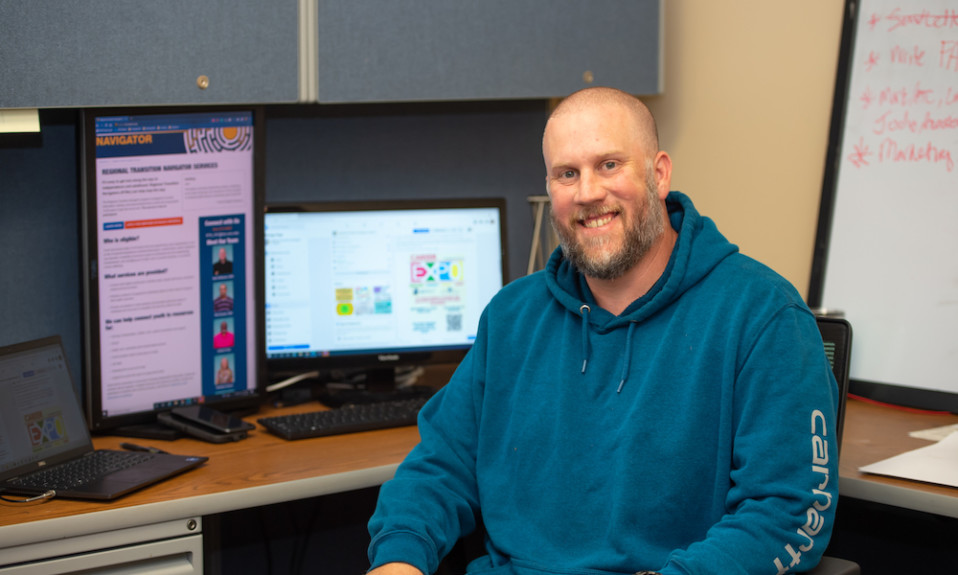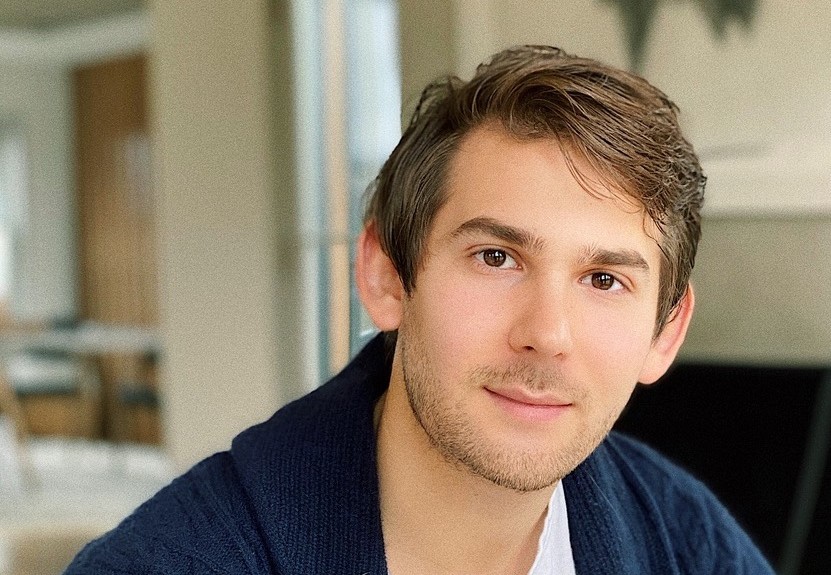At their heart, they both rely on creating environments where people flourish without drugs and alcohol—and on evidence-based strategies
By Alison Jones Webb
“Prevention doesn’t work!”
That’s a phrase often heard in the recovery community from people who experienced some dire consequences of substance use in their teens and beyond. Usually when they say “prevention,” they’re remembering a presentation in their high school gym about the harms of substance use, or an assembly where they heard a person in recovery admonishing students: “Don’t use drugs like I did.” Or perhaps they mean the D.A.R.E. program, which popularized the phrase “Just Say No” in the 1980s (the program has since been modified to reflect current research), or the Every Fifteen Minutes program, which includes a simulated fatal traffic collision on school grounds, complete with rescue personnel, a coroner, a mock death notification to parents and the removal of a student from class every 15 minutes while a police officer reads their obituary. This is to remind students of the frequency at which a person dies in a car crash owing to drivers using alcohol or texting.
If these are their experiences of prevention, they’re right that it doesn’t work. These programs aren’t evidence-based, don’t lead to changes in youth behavior and shouldn’t be called prevention.
Evidence-based prevention programs create a sense of belonging, connection and community among youth, and recovery support services do the same for people of all ages in recovery.
In its broadest sense, prevention is the creation of an environment where young people flourish without drugs and alcohol. And there are evidence-based programs and policies to do that. Strategies focus on increasing protective factors in the family, such as setting clear boundaries and creating healthy attachments; and in the community, such as instituting policies that limit the availability of substances and ensuring that resources like healthcare and safe housing are available. Programs in schools focus on creating opportunities for pro-social involvement and expectations for academic achievement, and address bullying, an important risk factor for initiating substance use. Beyond school, strategies focus on decreasing risk factors, like reducing family conflict and family attitudes that are favorable to substance use, and changing community policies to reduce the availability of drugs and alcohol.
Recovery, too, is about creating an environment where people in recovery flourish, and while preventionists may understand this concept, they may not be familiar with the evidence-based interventions that support recovery. Peer support that creates personal connections and a new network of people who don’t use substances is one such intervention. Recovery housing, where people live in drug-free environments with peers and are encouraged to volunteer, work or pursue education, is another. Recovery-friendly employers and collegiate recovery programs are interventions that create support for people looking for purpose and meaning in recovery. Often, when the individual recovers, so does the family, and some interventions help foster relationships with less conflict and clearer boundaries.
Evidence-based prevention programs create a sense of belonging, connection and community among youth, and recovery support services do the same for people of all ages in recovery.
Considering this broad perspective, the intersections of prevention and recovery are apparent.
- Community norms are important. Community norms that discourage drinking and using drugs benefit youth as they learn to make decisions about substances, and they benefit people in recovery as they seek a life without using substances (or moderating their use). For this reason, the current climate of greater acceptance and legalization of marijuana use creates challenges for people in both the prevention and the recovery communities.
- The health ecosystem. Preventionists and recovery researchers alike consider the individual as part of a larger ecosystem, in which economic stability, access to healthcare and education, safe neighborhoods and healthy relationships in the community contribute to well-being. While there are differences in their approaches and terminology, in prevention these are called the social determinants of health; in recovery they’re called the four pillars of recovery—home, health, purpose, community.
- Focus on wellness and resilience. In recovery, people focus on building new lives in wellness, in large part by cultivating recovery capital. Preventionists focus on building resilience through positive youth development as a way to increase youth protective factors. Undergirding both of these approaches are adverse childhood experiences and adverse community experiences (or adverse community environments), also called “the pair of ACEs.” While prevention seeks to avert the occurrence of trauma and ACEs in the first place, recovery support specialists seek to support paths to wellness that address past trauma.
- Smashing stigma is key. Stigma can keep substance users—youth who are just starting to use and adults who have been using for years—isolated, and individual shame and social stigma can keep them from seeking help for using substances to cope with life challenges such as stress and problems at home and mental health issues like depression and anxiety. Early intervention is critical, because data show that 90% of people with diagnosed addiction started using substances in their teen years. Addressing the stigma of youth using substances, the stigma of addiction, and the discrimination that people in recovery face later in life as a result of their past use are high priorities for prevention and recovery alike.
Alison Jones Webb, MA, MPH, is the author of Recovery Allies: How to Support Addiction Recovery and Build Recovery-Friendly Communities. She has worked as a certified prevention specialist and is a trained recovery coach.
Photo: Vonecia Carswell














